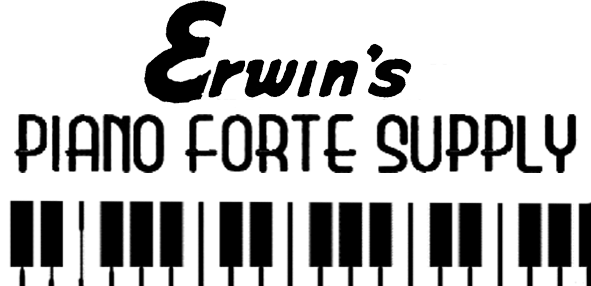How Piano Sound Travels
How Piano Sound Travels
Sound travels through a building in different ways. Similar to heat, which can be transmitted by convection, conduction, and radiation, sound can travel through a building by different means. Sound can travel through the air, not just through open doors and windows, but also in ducts and other air spaces. A portion of the sound that is being heard in the adjoining room below surely is coming from the sound waves in the air radiating out from the piano. These may be hard to dampen short of putting thick wall to wall carpeting down. Some piano owners resort to having foam blocks cut to fit between the beams on the underside of the grand piano (or the back of an upright).
 The main factor in unwanted piano sound being noticeable in the rooms below is the direct vibration of the instrument which is transmitted into the building structure. This is why almost all noise complaints come from neighbours below, and never from above. The Piattino Caster Cups are the most effective item on the market for cutting down on the direct vibration transmission from the structure of the piano into the structure of the building.
The main factor in unwanted piano sound being noticeable in the rooms below is the direct vibration of the instrument which is transmitted into the building structure. This is why almost all noise complaints come from neighbours below, and never from above. The Piattino Caster Cups are the most effective item on the market for cutting down on the direct vibration transmission from the structure of the piano into the structure of the building.
The amount of sound reduction through the use of Piattino Caster Cups will vary. Much depends on the design, materials and execution of the building construction. Note that these caster cups do not diminish the sound of the piano in the room it is being played. They do acoustically isolate the piano from the floor to cut down on direct transmission of sound into the room below.
As well, there is often a psychological component to a neighbour’s annoyance caused by piano playing. Showing good will by installing the best acoustical caster cups available often goes a long way toward easing a situation.
